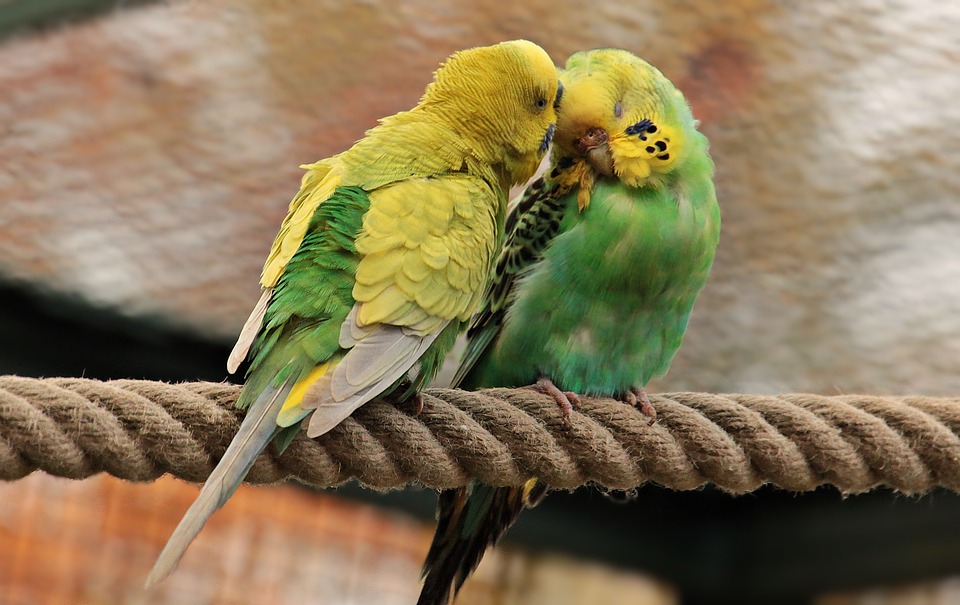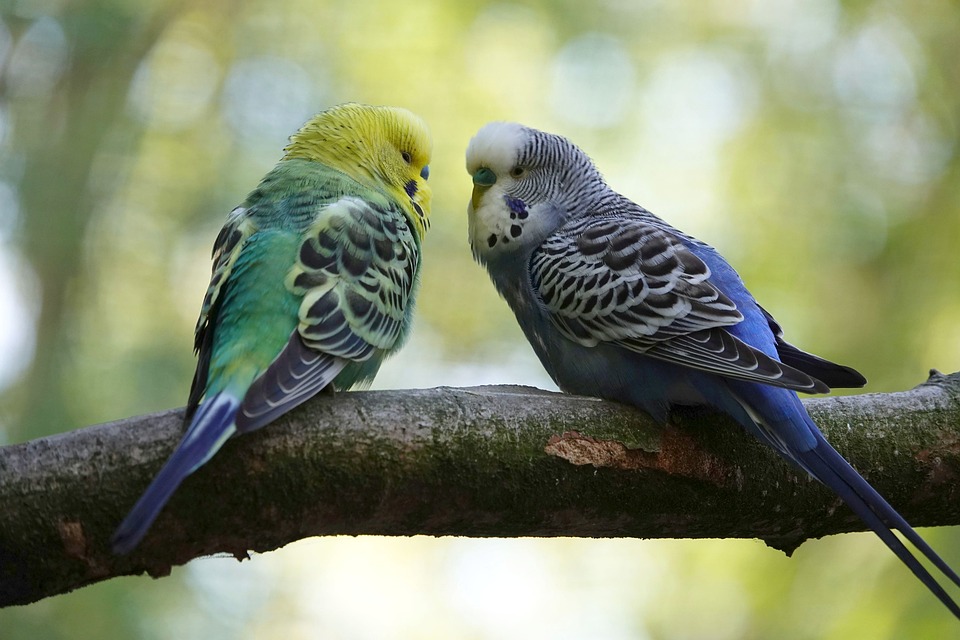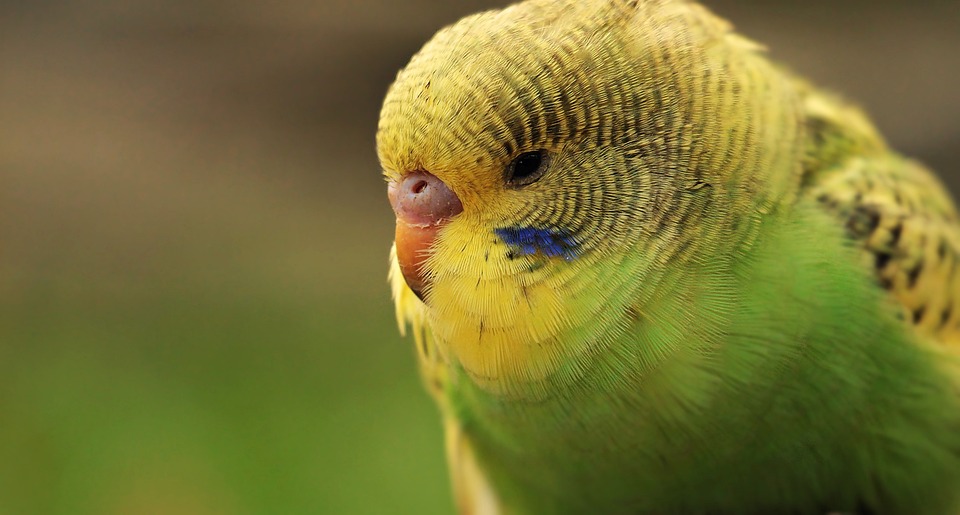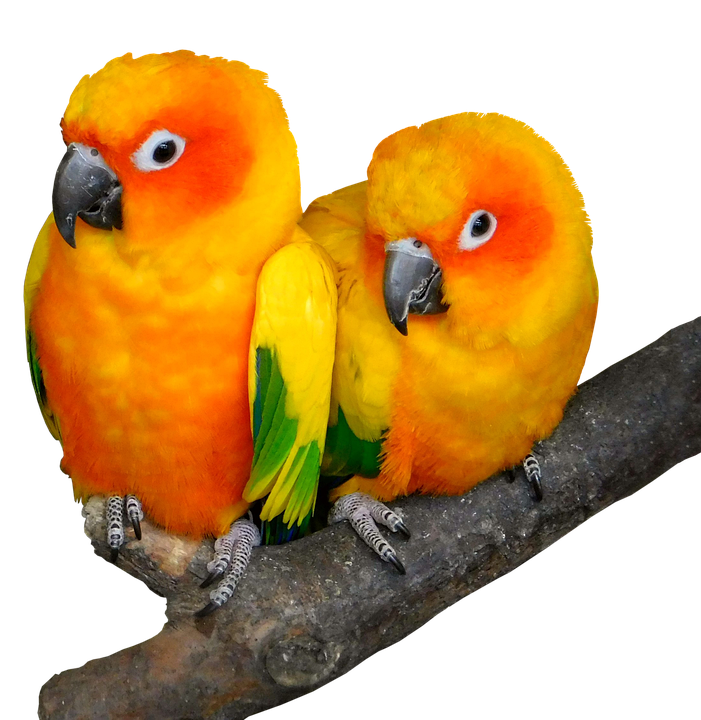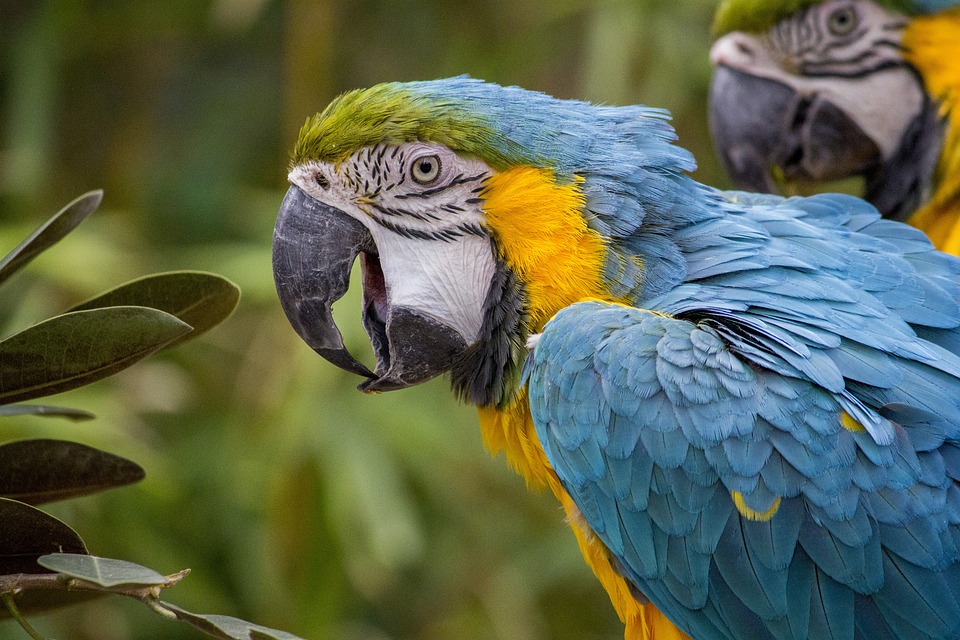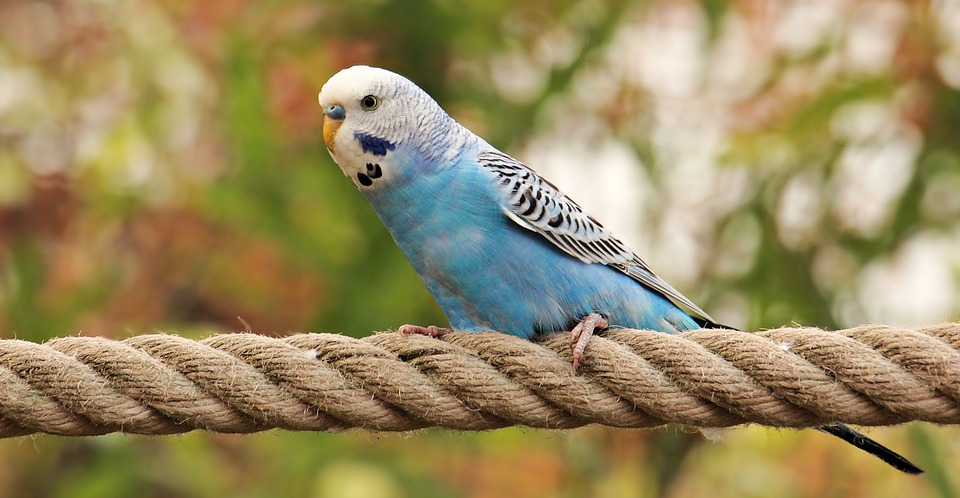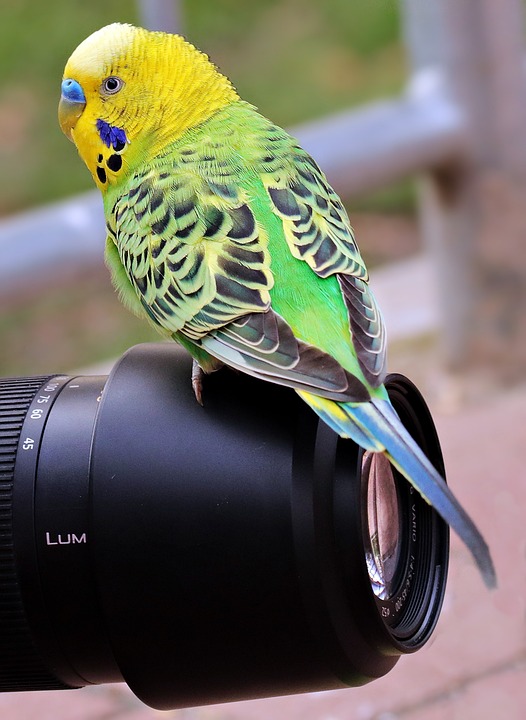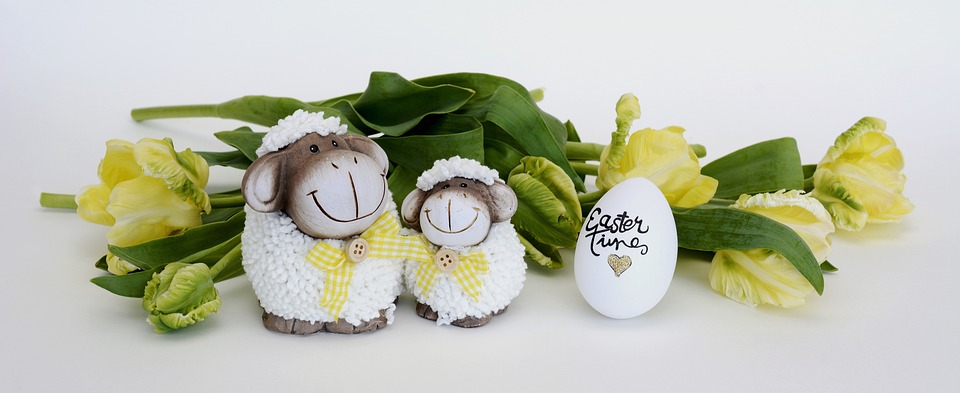Parrots are magnificent and intelligent creatures, often displaying complex social behaviors. However, like other animals, they can also exhibit hormonal behaviors that may sometimes challenge their owners. Understanding these behaviors and learning how to recognize their signs is crucial for maintaining a harmonious relationship with your parrot. In this article, we will delve into the world of parrot hormonal behavior, explore common signs to watch out for, and provide useful tips on adjusting your interactions accordingly.
Hormonal behavior in parrots refers to the natural physiological and behavioral changes that occur as a result of hormonal fluctuations during certain times of the year. These hormonal changes are primarily triggered by environmental cues such as changes in daylight duration and temperature. While hormonal behavior is a normal part of a parrot’s life, it can sometimes lead to unwanted behaviors or aggression if not properly understood and managed.
One of the most common signs of hormonal behavior in parrots is increased vocalization. Your usually quiet parrot may suddenly become more chatty, vocalizing more frequently and loudly. This behavior is often accompanied by different vocalizations, such as screeching, squawking, or mimicking sounds. Parrots experiencing hormonal behavior may also exhibit nesting behaviors such as shredding paper or fabric, rearranging cage materials, or even attempting to build nests in unusual places. These behaviors are instinctual and indicate your parrot’s readiness to reproduce.
Hormonal parrots may display heightened aggression towards their owners, other pets, or even inanimate objects. This aggression can manifest as biting, lunging, or territorial behavior. It’s important to understand that this behavior is not a reflection of your parrot’s personality but rather a hormonal response. Parrots in hormonal states may also engage in increased sexual behaviors, such as regurgitating food, displaying courtship dances, or attempting to mate with objects, toys, or even their human caregivers. These behaviors are natural for parrots but can be challenging for owners to manage.
While it may be impossible to completely eliminate hormonal behavior in parrots, there are several steps you can take to help manage and minimize its impact. First, limit nesting opportunities by removing any potential nesting materials from your parrot’s environment and rearranging the cage frequently. This will discourage nesting behaviors and redirect your parrot’s focus to different activities. Adjusting your parrot’s diet and lighting schedule can also help regulate hormonal fluctuations. Consult with an avian veterinarian or an experienced bird behavior consultant to ensure your parrot is receiving a balanced diet and appropriate light exposure.
Avoid over-stimulation by reducing or eliminating behaviors that may stimulate your parrot’s hormones, such as excessive petting, prolonged physical contact, or encouraging sexual behaviors. Instead, focus on providing mental stimulation through toys, puzzles, and foraging activities. Establish boundaries by teaching your parrot appropriate behaviors and reinforcing them through positive reinforcement techniques. Consistency and patience are key in helping your parrot understand acceptable interactions.
In conclusion, recognizing signs of hormonal behavior in parrots is crucial for understanding and adjusting your interactions to maintain a harmonious relationship. By being observant and proactive, you can effectively manage these behaviors and provide your parrot with a safe and enriching environment. Remember, seeking professional advice from avian veterinarians or bird behavior consultants is always recommended when dealing with complex hormonal issues in your parrot.


